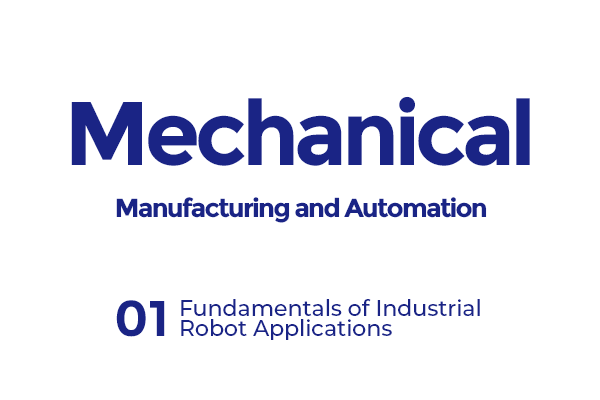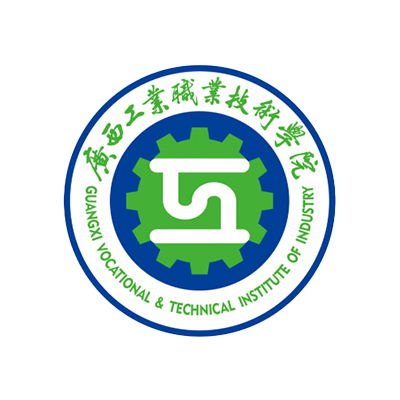TEL:+855 99 294 999
FAX:+855 99 294 999
E-MAIL:catecp@china-asean.cn
Lesson Code: TCEN2025H006
Clicks:
![]()
1. Lecturer YANG QuanGuangxi Vocational & Technical Institute of Industry
2. Lecturer XIN HuajianGuangxi Vocational & Technical Institute of Industry
3. Lecturer HUANG ZizhaoGuangxi Vocational & Technical Institute of Industry
4. Lecturer LIANG BeiyuanGuangxi Vocational & Technical Institute of Industry
5. Lecturer HUANG XiwenGuangxi Vocational & Technical Institute of Industry
![]()
![]()
![]()
1. Corresponding PPT
2. Online Course Video
3. Simulation Question Banks
![]()


![]()
# Being able to master fundamental theories such as mechanical principles, electrical control, and programming basics.
# Being familiar with specialized knowledge such as robot structure, kinematics, and dynamics.
# Knowing operational standards, safety protection measures, and emergency response methods.
# Being proficient in common programming languages such as PLC and Python.
# Being able to independently complete the installation, commissioning, and maintenance of industrial robots.
# Capable of quickly diagnosing and solving common problems.
# Capable of interpreting mechanical drawings, electrical schematics, and circuit diagrams.
# Being able to select electrical and electronic components, assemble and debug mechanical and electrical systems, and control hydraulic and pneumatic systems, as well as install and commission industrial robot application systems.
# Capable of possessing capabilities in industrial robot unit programming, debugging, and on-site or remote operation and maintenance.
# Capable of possessing skills in system modeling, application of digital twin technologies, virtual commissioning, and digital design of industrial robot application systems.
![]()
![]()